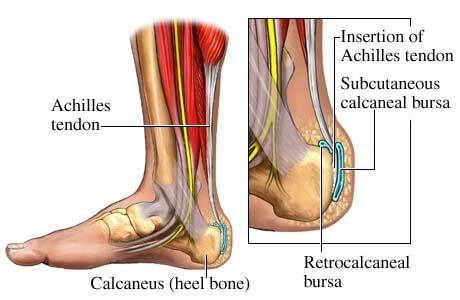What you should know about the "Rheumatoid" foot
Rheumatoid arthritis is a chronic inflammatory disorder that affects at least 1.3 million Americans. It is also considered an autoimmune disorder, which means that the body's own immune system attacks its own body tissues. In addition to causing joint problems, Rheumatoid arthritis can affect other organs of the body such as the skin, eyes, lungs, and blood vessels. The treatment requires long-term medications to control "flare-ups" and prevent progressive autoimmune damage to joints throughout the body. It also often manifests in the foot and ankle.

Manifestation of Rheumatoid arthritis on the small joints of the hand. Note the deviation of the digitis and contractures

Manifestation of Rheumatoid arthritis on the joints of the foot. Note dislocation and contracture of the toes.
Here are some manifestations of Rheumatoid Arthirtis in the foot and ankle:
- Joint space loss
- Persistent swelling
- Dislocations of lesser toe joints
- Dislocation/Deviation of the larger joints in the foot and ankle
- Deviation and contracture of toes
- Destruction of Joint capsules and supporting soft-tissue structures (ligaments)
- Pain
- Foot/ankle ulcerations or skin break-down
- Custom-molded orthotics or bracing - controls motion of the joints, especially if inflammed and in doing so, prevents pain and swelling
- Pads - Toe pads or "bunion" pads can be beneficial in preventing rubbing and irritation
- Physical therapy - Strengthen weak muscle groups and stretch tight tendon contractures
- Custom shoes - Extra-depth shoes provide protective insoles which can accommodate for contracted joints
- Surgical management of the Rheumatoid foot accomplishes the following objectives:
- Relieve inflammatory joints from pain and swelling
- Re-align the foot/ankle architecture
- Provide stability and a functional foot
- Prevent breakdown of the skin and ulcerations
- Arthrodesis - Fusing of inflammed joints to prevent motion and pain. This is often seen at the great toe joint and sometimes the ankle. Screws, plates, and metallic wires are using to accomplish this fusion.
- Partial resection of metatarsal bones - This can help decompress contracted toes
- Lesser toe tendon balancing - in doing so, we can eliminate the painful contractures of the lesser toes
- Joint replacement - Typically reserved for the Ankle joint
Although surgery on the Rheumatoid patient brings a lot of functional benefits, it is also important to consider the associated risk factors including but not limited to:
- Infections - Rheumatoid patients are prone to infections secondary to long-term steroid use, which can cause an immunosuppressed state
- Chronic Regional Pain Syndrome
- Recurrence of deformity
- Inflammation and pain







